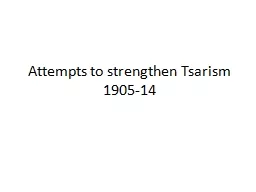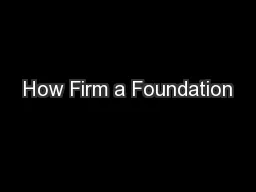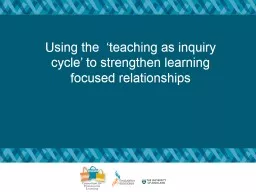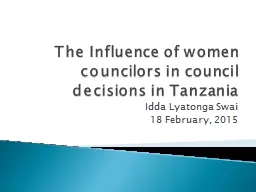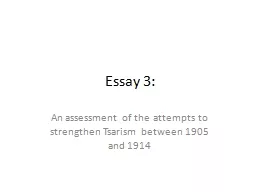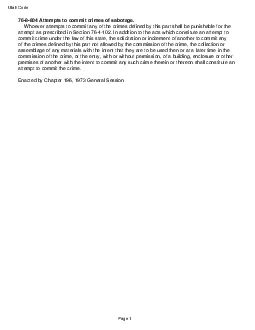PPT-Attempts to strengthen
Author : kittie-lecroy | Published Date : 2017-01-13
Tsarism 190514 Intro Context Attempted revolution broke out in 1905 Forced Tsar to introduce changes to try and ensure another revolution did not happen Stolypin
Presentation Embed Code
Download Presentation
Download Presentation The PPT/PDF document "Attempts to strengthen" is the property of its rightful owner. Permission is granted to download and print the materials on this website for personal, non-commercial use only, and to display it on your personal computer provided you do not modify the materials and that you retain all copyright notices contained in the materials. By downloading content from our website, you accept the terms of this agreement.
Attempts to strengthen: Transcript
Download Rules Of Document
"Attempts to strengthen"The content belongs to its owner. You may download and print it for personal use, without modification, and keep all copyright notices. By downloading, you agree to these terms.
Related Documents

